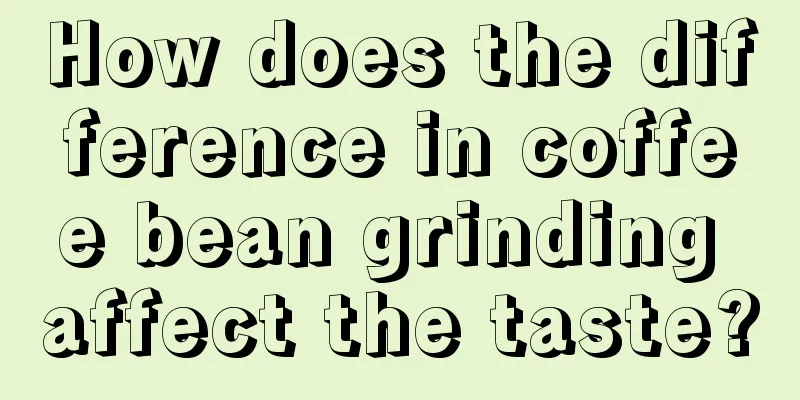
The impact of coffee bean grinding on taste
Coffee is one of the most popular drinks in the world, and its taste depends largely on the grind size of the coffee beans. Different grind sizes will bring different tastes and flavors, so understanding and mastering the right grind size of coffee beans is essential to making a delicious cup of coffee.
Coarseness and soaking time
First, we need to understand that there is a close relationship between coarseness and steeping time. Coarser particle sizes are usually used in brewing methods such as French press or hand pour-over devices. In this case, the water has less contact area with the coffee and the steeping time is relatively long. Conversely, when using fine particle sizes (such as espresso), the water has a larger contact area with the coffee and the steeping time is faster.
Filtration method requirements for particle size
Secondly, you also need to consider how you filter your coffee when choosing the right particle size. For methods that use filter paper (such as hand or drip), finer particle size is a better choice because it prevents coffee grounds from entering the final drink. When using a metal mesh filter (such as a French press), coarser particle size is more suitable because the metal mesh can effectively block large particles.
Grind Size and Extraction Efficiency
Another factor to consider is the relationship between grind size and extraction efficiency. Finer particles will cause the water flow to slow down and be more prone to clogging, thus reducing the efficiency of extracting soluble substances from the coffee beans. Conversely, coarser particles will cause the water flow to speed up and may result in a weak coffee taste.
Different grind sizes bring different flavors
Finally, it is important to note that different grind sizes can also give us very different flavor experiences. For espresso, finer particle sizes can provide a stronger taste and bitterness. For brewed coffee, coarser particles will produce a lighter, more acidic flavor.
Summarize
When making coffee, choosing the right grind is very important. We need to adjust the grind according to different brewing methods and personal taste preferences. Understanding the impact of different grinds on the steeping time, filtering method, extraction efficiency and final flavor will help us make a cup of perfect tasting and rich flavored coffee.
